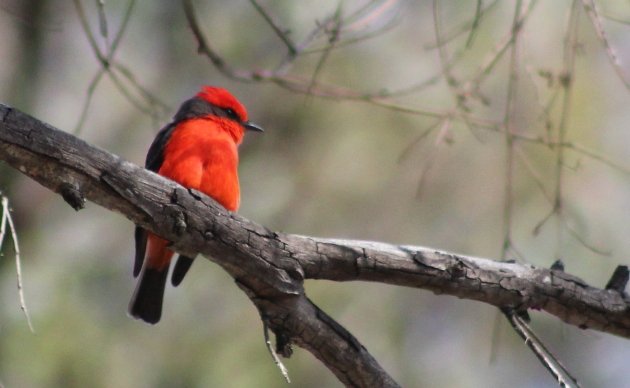
By the time this post is published, I will be on a short trip to Spain, though not principally for birding purposes. So I decided to make it easy on myself, and follow up on the whole name theme we did a couple of weeks ago.
Bird names in Spanish have never been successfully standardized, so most serious birders here use either Latin or English to discuss their sightings. Since English is my first language, and I’m kind of lazy, that’s the language that I use, as do my Mexican birding friends. But some local Spanish-language names are highly descriptive or just plain fun, and I’ve been wanting to share them here for a while. (Most of these names are regional; few are universally used.)
Some names reflect the bird’s appearance. The ubiquitous Vermilion Flycatcher is a Cardenalito, or Little Cardinal. Whether this refers to the Northern Cardinal, or the ecclesiastical office, I don’t know.
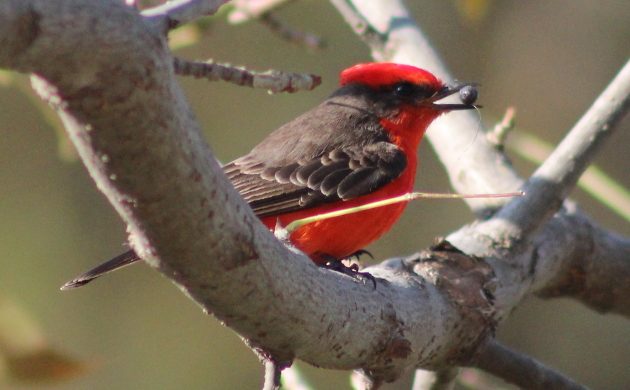 I’m a Little Cardinal.
I’m a Little Cardinal.
Other names do a great job of describing characteristic bird behaviors. Orioles are Bolseros, or bag-makers, because of their long woven nests. Shrikes are, delightfully, Verdugos, or Executioners. Larger Wrens are Matracas, for the large wooden noisemakers they sound like, and smaller Wrens are Saltaparedes, or Wall-jumpers. One Wren is called a Cuevero, which recalls the name of the genus Troglodytes: Cave-dweller. The Northern Potoo is called the Pájaro Estaca, or Stick-Bird; how perfect is that?
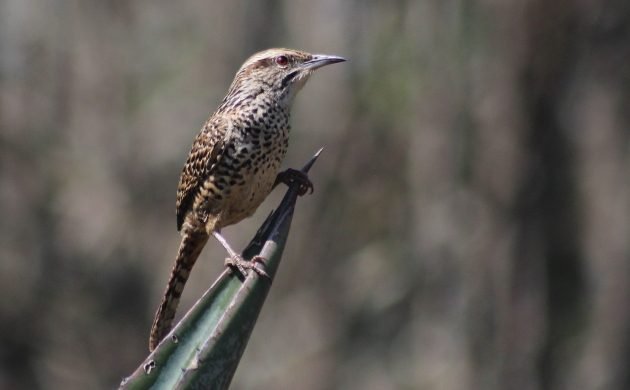 The Spotted Wren, a member of the Matraca group.
The Spotted Wren, a member of the Matraca group.
One of my Mexican birding friends told me that in his state of Veracruz, the Blue-black Grassquit is called Yoyito. If you’ve ever seen this bird leap into the air while it sings, you will know why “Little Yo-Yo” is the perfect name for it.
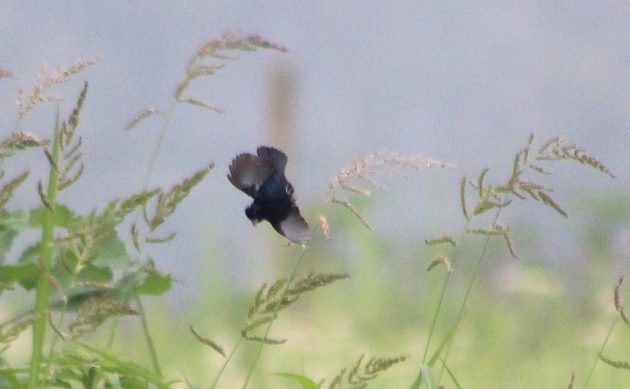 Here’s a Grassquit, doing its yo-yo thing.
Here’s a Grassquit, doing its yo-yo thing.
I’ve never seen an Ani eat a tick, but I assume they do, because their Spanish name is Garrapatero, or Tick-eater. The Groove-billed Ani is called the Garrapatero Pijuy, and “PEE-hooey” describes its principal call perfectly.
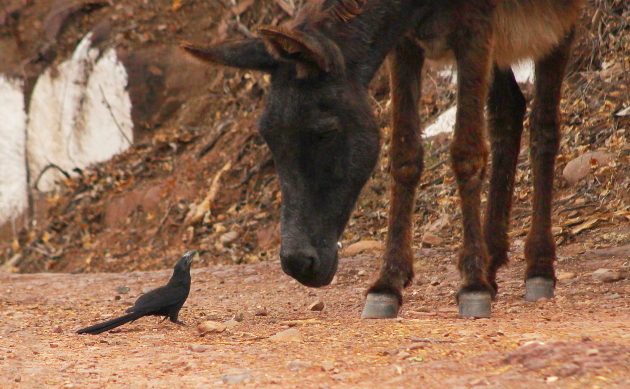 Got any good ticks for me? PEE-hooey!
Got any good ticks for me? PEE-hooey!
Which brings me to a whole new category of Mexican names: names that reproduce bird calls. (Most of these only work if you pronounce them with lots of pitch inflection, the way Spanish is spoken here.)
I’m not sure that the Eastern Meadowlark really says Tortilla-con-chile, but I love the idea. Ditto for the Buff-collared Nightjar, which apparently needs to borrow a knife; one of its names here is Tapacaminos Préstame-tu-cuchillo (Loan-me-your-knife). Tapacaminos, by the way, means Path-blocker, which is an interesting commentary on their tendency to hide in plain sight on bare ground.
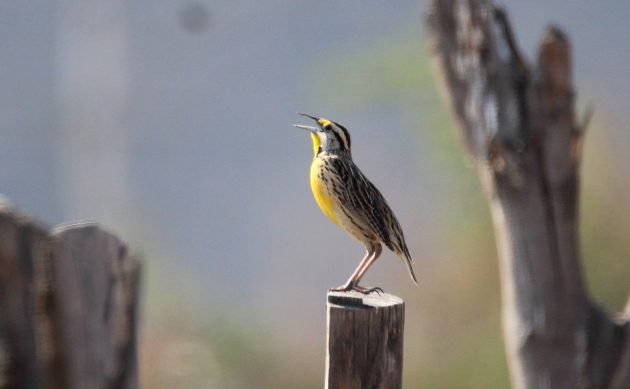 Tortilla con chile! Tortilla con chile!
Tortilla con chile! Tortilla con chile!
The perfect call-based name, however, is given to the Greater Pewee (although I have to admit, I love that oxymoronic English name as well). In my region, they are called José María. Make that sing-song-y, and you will never forget its call again. They tell me that in the east of Mexico, it is called Tengo-frío (I’m Cold); that works well too.
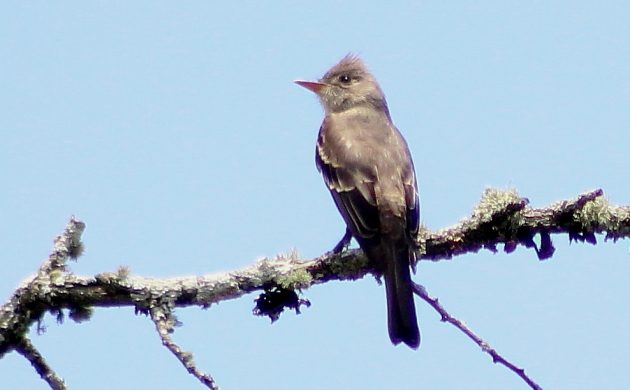 José María! I’m cold!
José María! I’m cold!
But my personal favorite name belongs to the Cassin’s Kingbird. Being of the Tyrant-Flycatcher family, kingbirds are simply called Tiranos, or Tyrants, in Mexico. But the especially noisy (and common, around here) Cassin’s Kingbird has the very best name: Tirano Gritón, or Screaming Tyrant.
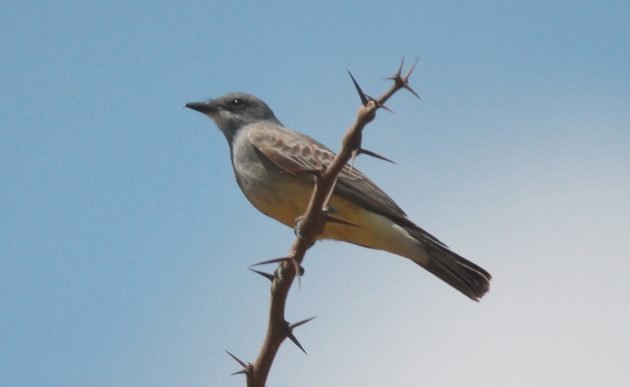 I’m a Tyrant, and I’ll scream if I want to.
I’m a Tyrant, and I’ll scream if I want to.
I’ll control myself, and avoid any political comments here.













Leave a Comment